OVERVIEW
The fifth and final stage of the Irish section of the route to Rosslare. From the Church in Our Lady’s Island, you follow the footpath out of the village along the road to Carne, taking a small detour at the Cross of Shad to reach Our Lady’s Holy Well. Fill your third bottle with the water from this well and carry it to St Davids.
Returning to the Cross of the Shad, take a moment to absorb the view across the lake to the sea. The shad (‘shad’ is a shed in Yola dialect) was erected over a large stone that once lay here. Secret masses were held at the stone in the open air during the Penal times when celebrating mass was forbidden.
Continue east along the road. Upon reaching the crossroads at the end of the Little Lane, continue straight on heading east towards Rosslare Harbour. The trail leads to the main road through Kilrane village, bear right and follow the footpath to the next junction, bear right again and then left again onto the road that will lead you into the heart of Rosslare Harbour Village. Look out for the secret garden, a community managed garden that is an oasis of tranquillity and beauty before continuing onto the Rosslare Europort.
HIGHLIGHTS / PLACES OF INTEREST
Our Lady's Well
Our Lady’s Well is surrounded by white walls with a gate on the eastern side. Two stone steps take you down to the well. We are particularly fond of the short but quite charming walk down the old pilgrimage track. A standing stone is located in the nearby graveyard.
Annual Pilgrimage Season
Our Lady’s Island is the home of a mass-participation Patron Saint event of pilgrimage each year from 15th August, the Feast of Our Lady the Assumption, to 8th September, her birthday. Ceremonies begin on the 15th with mass at 3pm followed by a procession, and end after mass on the 8th with a torchlight procession and final blessing.
During the season, pilgrims move quietly round the Island, either in organised groups or individually, reciting the Rosary. Ideally, a pilgrim carries out this exercise nine times during the season. The Order of the Pilgrimage:
- The pilgrim begins with a visit to the Parish Church
- The pilgrim now walks along the causeway to the Shrine at the entrance to the Island and prays there for a few moments.
- Next the pilgrim follows the path to the left of the Island.
- The Rosary with its fifteen decades (the Mysteries of Light are optional) is recited as the pilgrim walks around the Island
(Source: https://ferns.ie/events/our-ladys-island-pilgrimage/)
Wexford Harbour
As you approach Rosslare, you will have a panoramic view across Wexford Harbour towards the North Slobs. In the 19th century, a seawall was constructed and a large area of the Harbour was reclaimed from the ocean. This low-lying area is now the Wexford Wildfowl Reserve where over 250 species of bird have been recorded. The reserve was established to provide a winter home for the 8500 Greenland White-fronted Geese who arrive each year on annual migration.
The seawall also meant that the former Beggerin Island became part of the mainland and now forms a portion of the modern Beggerin Estate.
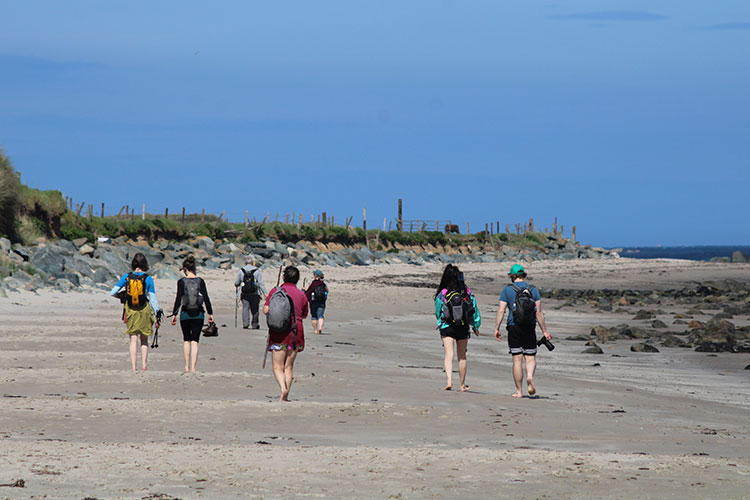
Pilgrims on Carne Beach
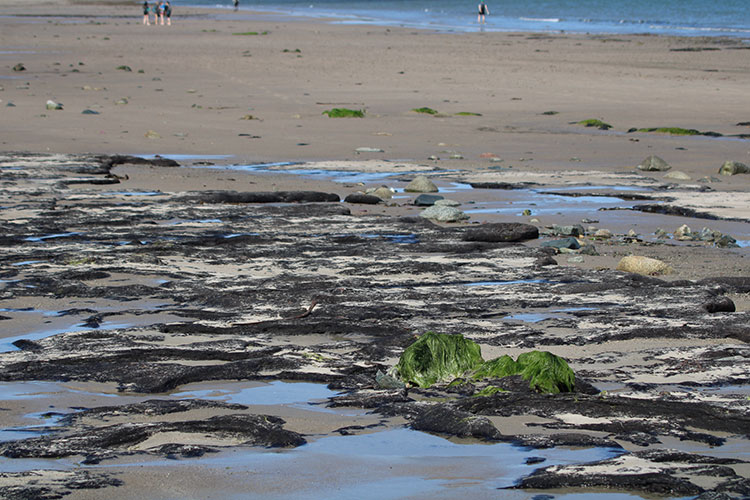
Petrified Forest
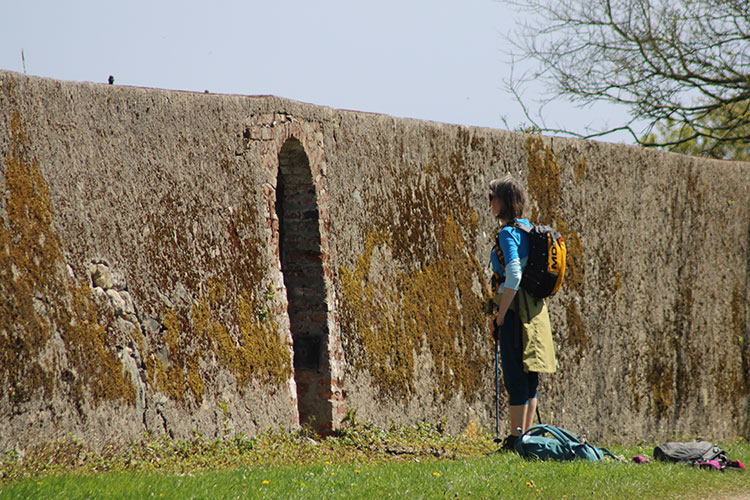
Facing the Unknown
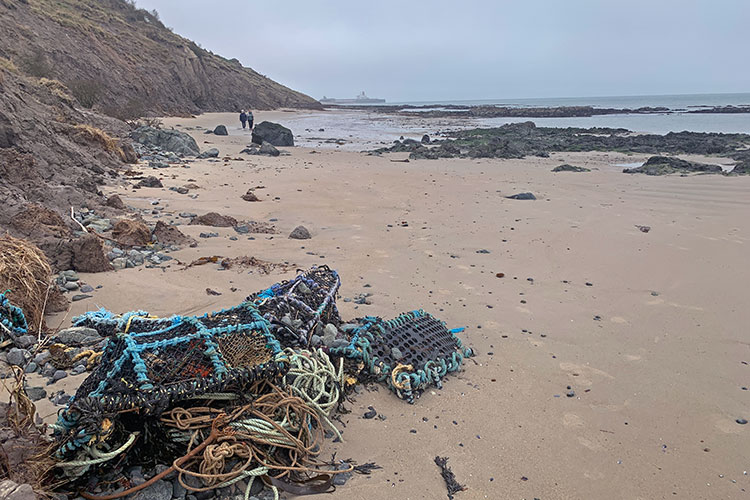
Lobster pots on Carne Beach
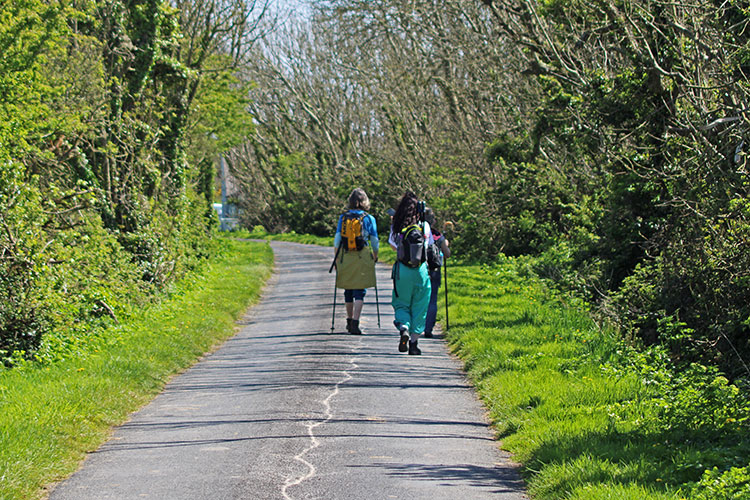
Tree lined road
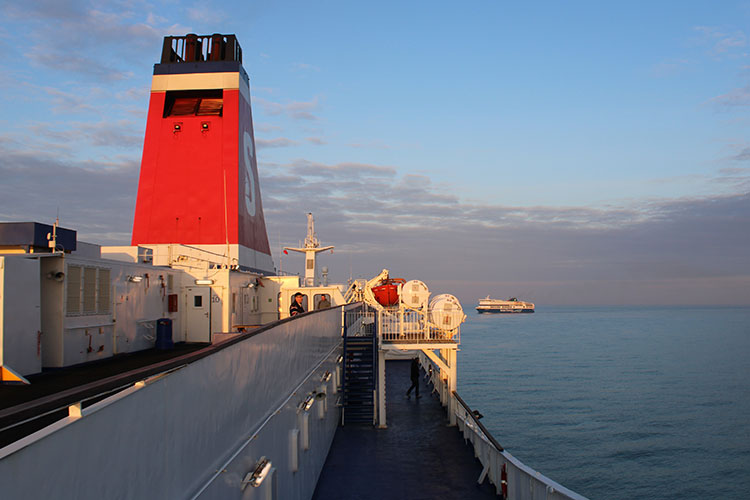
Stena Ferry
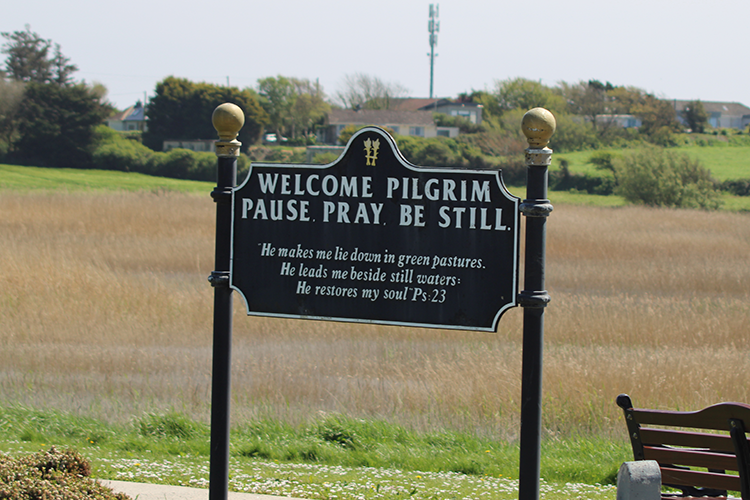
Welcome Pilgrim Sign
St Ibar
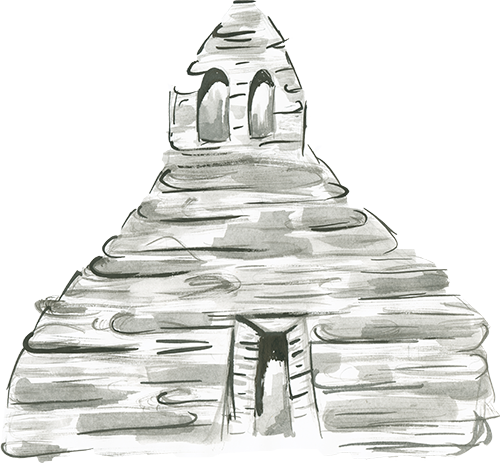
Beggerin Island has long associations with St Ibar, an early Irish saint (also known as Ivor and Iberius), who is the patron saint of Wexford town. Reputed to have been born in Co Down, he journeyed abroad to study Christianity in the 5th century. Returning to Ireland as a bishop, he eventually settled on an island in Wexford Harbour, where he built a church and monastic cell.
Such was his reputation for holiness that followers came from across Ireland to found an early Christian monastery on the island. Ibar later became a disciple of St Patrick, although tradition holds his mission in Ireland initially preceded that of Patrick. The remains of an early Christian settlement are still to be seen at a location on the North Slob, which once formed an island in Wexford Harbour.
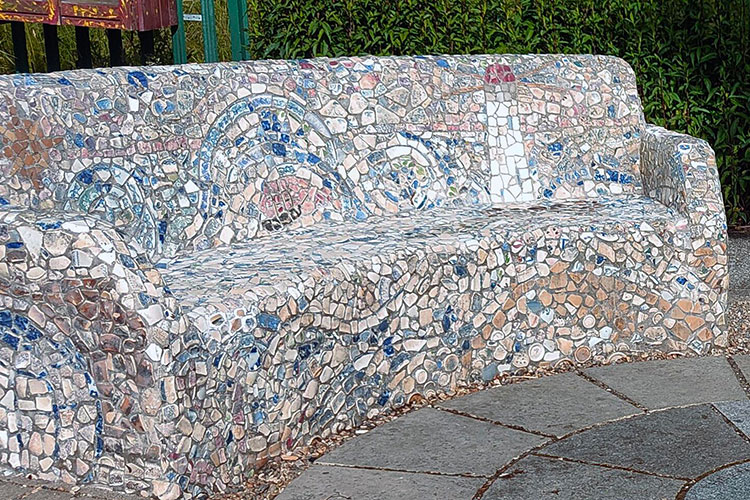
CHAINEYS
Walking along the shore towards Rosslare, keep an eye out for small pieces of sea-worn ceramics, washed up from one of the many 19th Century shipwrecks that occurred in these waters. Locally known as “chaineys”, they have been used by the community to create new life in beautiful mosaic pieces throughout the village including the seats at the memorial garden. Rest a while as you come to the end of your journey in Ireland.
Sign up for our Newsletter
Be the first to know about guided events being offered along the route and all the latest developments as we head for a pilgrimage launch in 2023.

